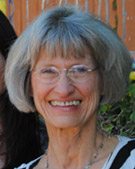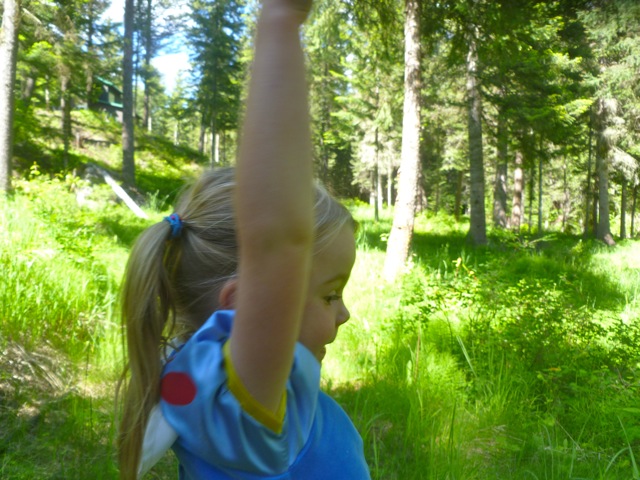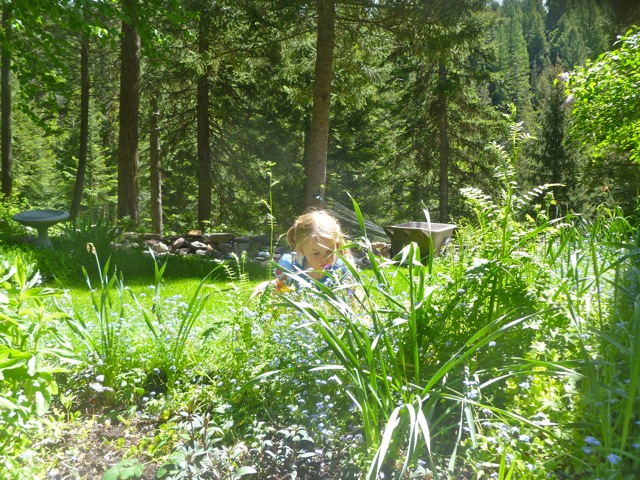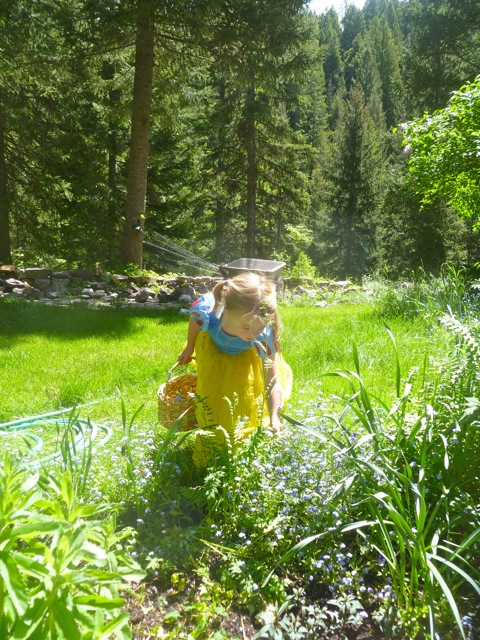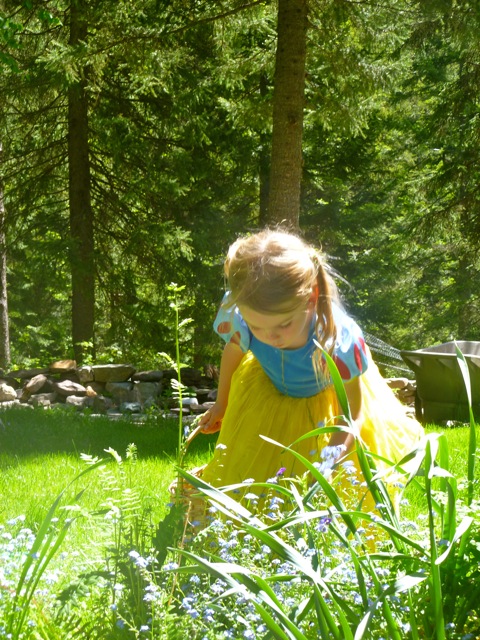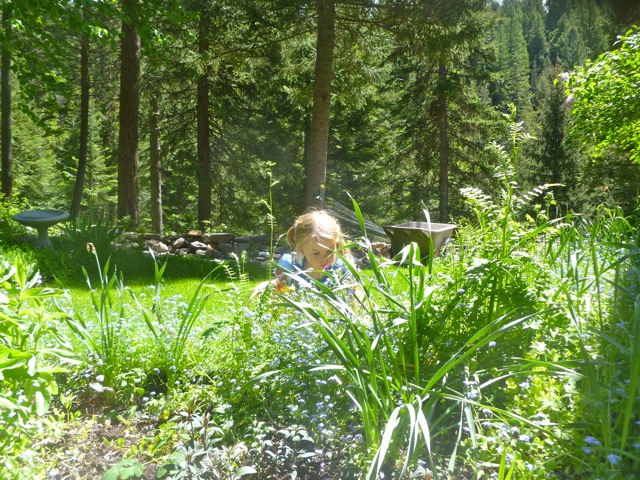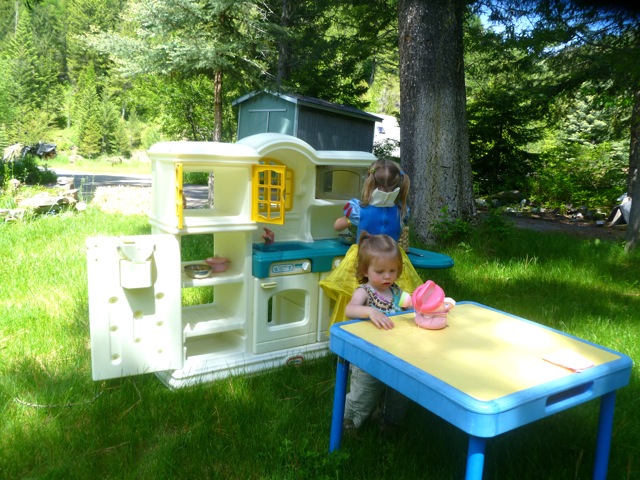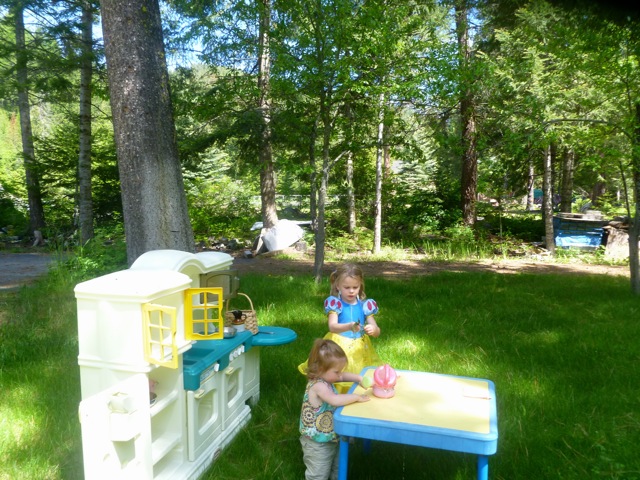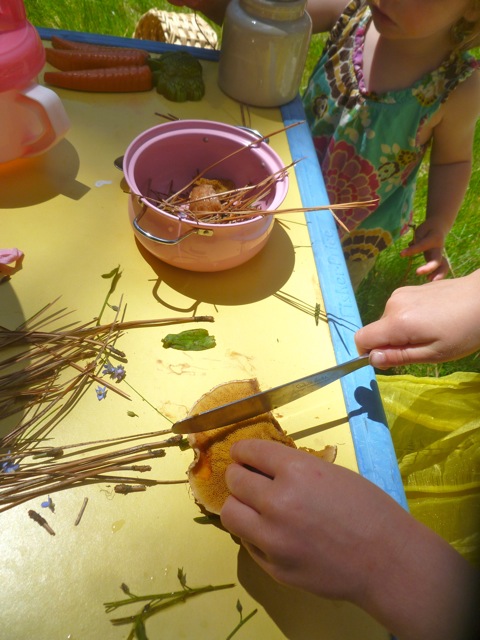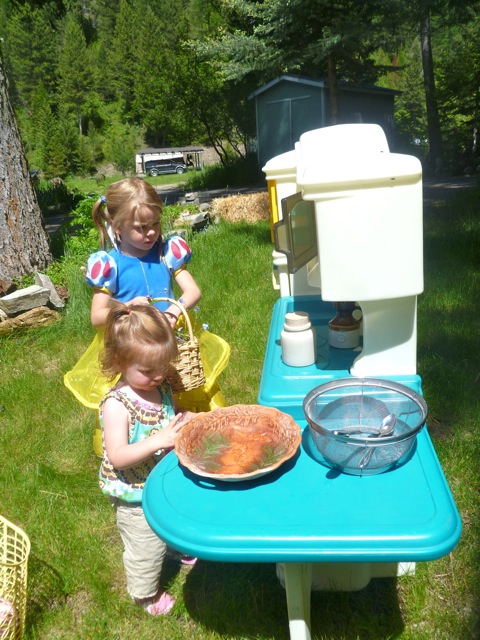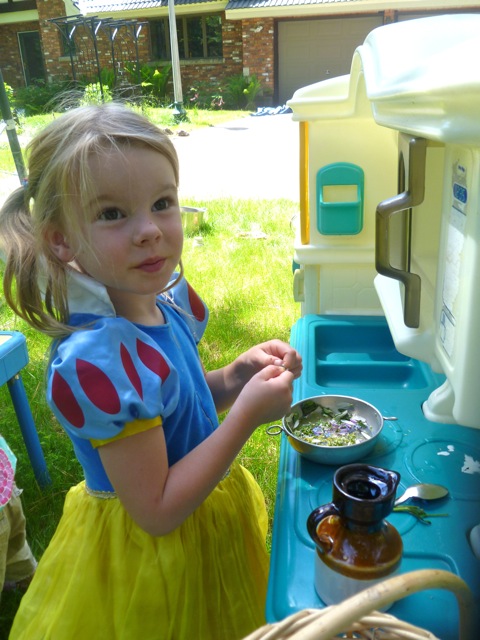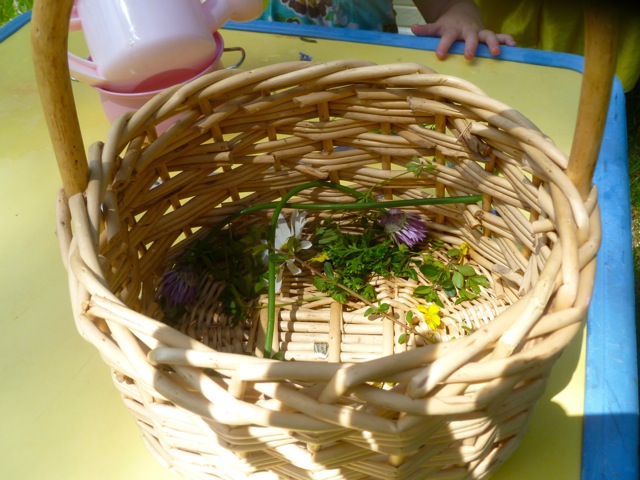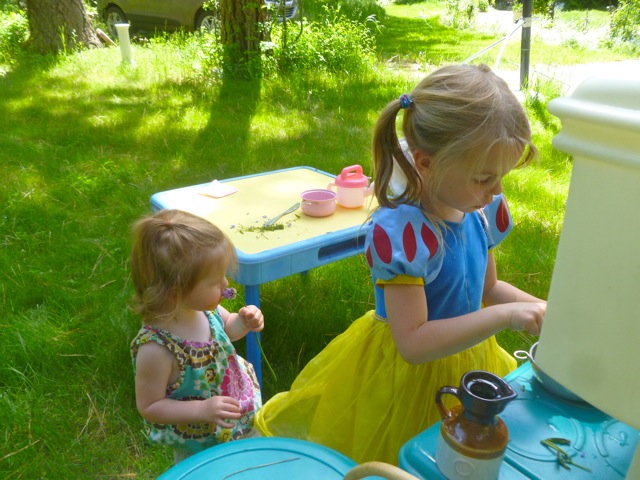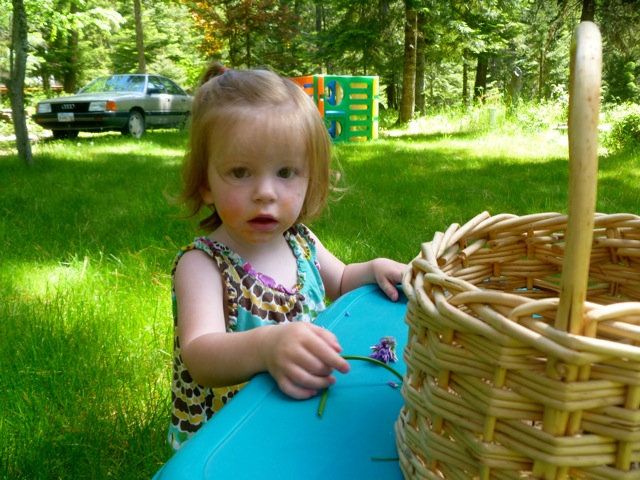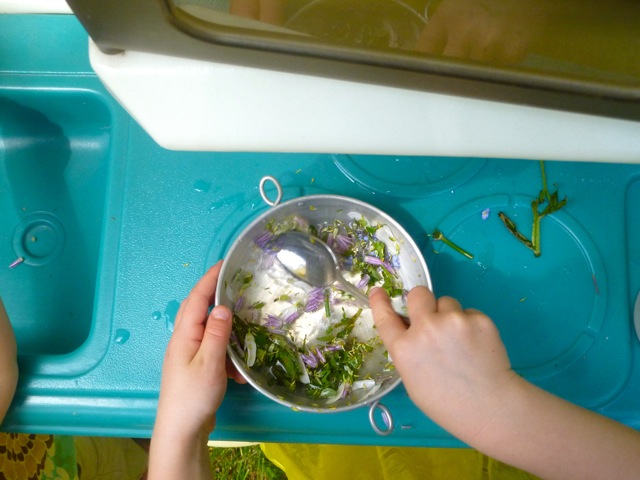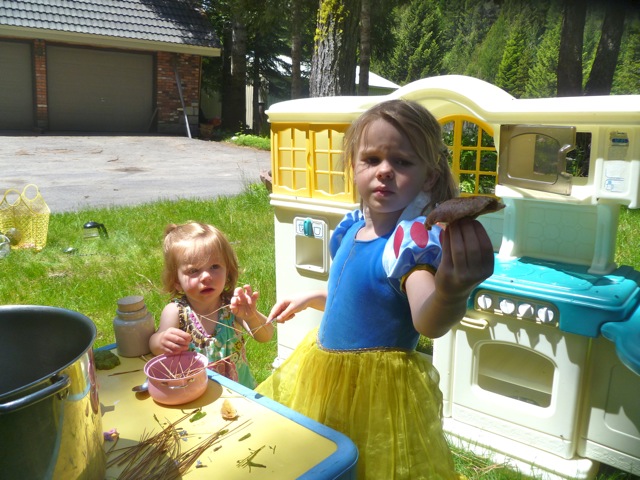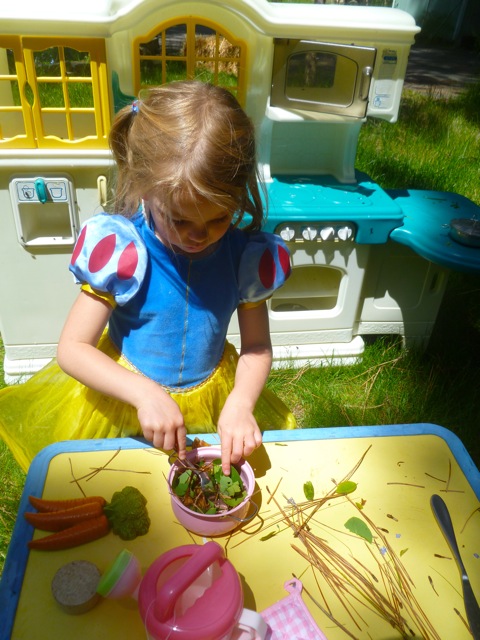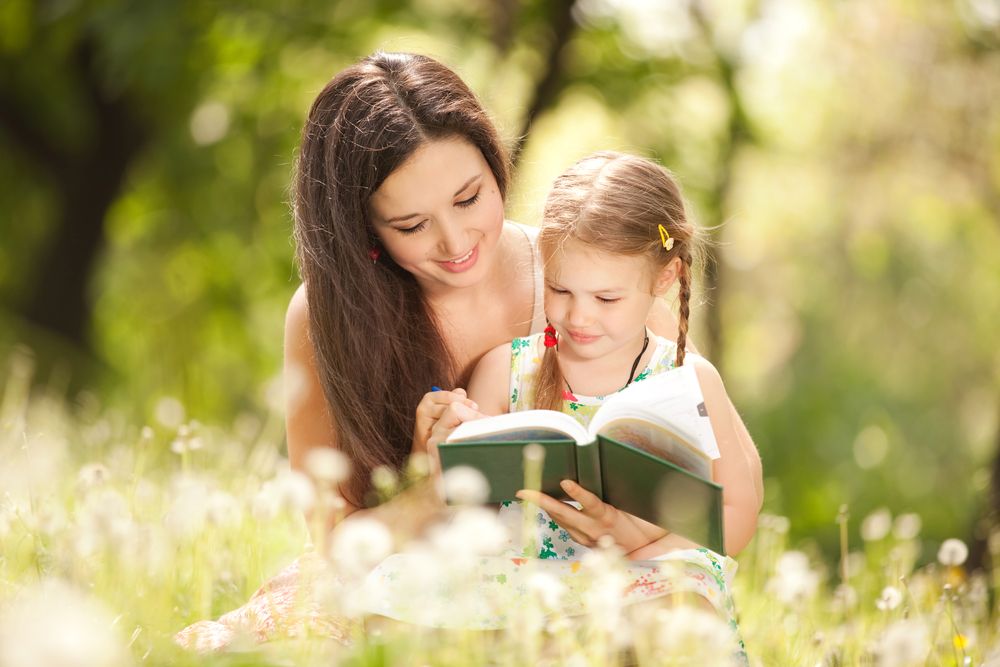
In our family, we started reading to our children from the time they were babies. It created strong bonds, sped them towards academic excellence, accelerated their speech and communications skills, logical thinking, and increased concentration and discipline. NPR recently reported that high school student’s reading levels are stuck in 5th and 6th grade levels and older students are not tackling more difficult material. Reading to children is by far the best way to help children be successful in school and in life.
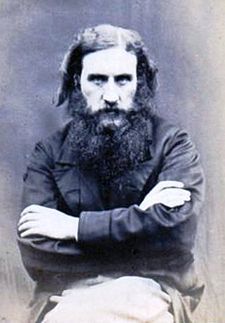
Why do some books stay popular for generations? George McDonald, the 19th Century Scottish storyteller, said that the best children’s books are the ones where parents are looking over their kids shoulders.
When your toddler is at the stage when they want the same book read 12 times a day, it had better be fun for you to read!
Here are a few of our all time family favorites that met that test.

PAT THE BUNNY
This classic book is so interactive that neither babies nor their parents ever tire of touching the bunny, feeling Daddy’s beard or trying on Mommy’s ring.

GOODNIGHT MOON
This classic book delights every child and they never tire of it’s sparse words at the end of the day. It becomes their cue that it’s bedtime and they settle down and easily slip into sleep and parents enjoy it just as much as the babies.

WHERE IS BABY’S BELLY BUTTON?
This is newer than the books I enjoyed with my own children, but my grandchildren love it.
Babies and toddlers don’t realize that things exist when they’re hidden, so they are surprised every time you uncover a hidden belly button or toes.
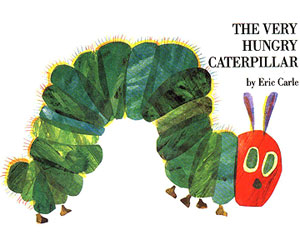
THE VERY HUNGRY CATEPILLAR
After finding a huge green hornworm as big as my finger, eating our pepper plants last Spring, I brought him in a jar to show my two year old grandaughter. We made a green catterpillar and fruits and vegetables out of playdoh and re-enacted the story.
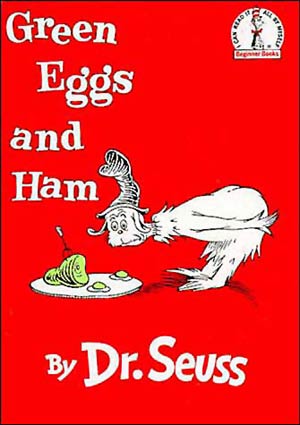
GREEN EGGS AND HAM
The wonderful Dr Seuss rhymes and outrageous stories and pictures is one most parents were raised on and continue to enchant toddlers today.
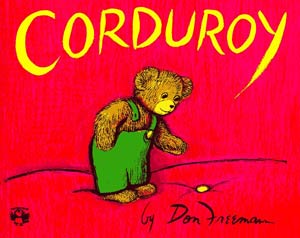
CORDUROY
The lonely teddy bear that had to live in a department store until a young girl was able to save up her allowance and bring him home is endearing to parents and children alike and makes children feel loved and cared for.
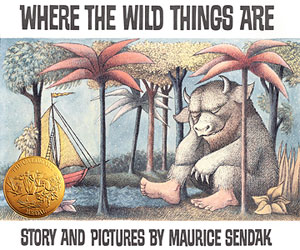
WHERE THE WILD THINGS ARE
Maurice Sendak died just last year and he left a wonderful legacy of his love for children with this book. We read this book over and over as our children were growing up and they love the wildness of it and that it was all peaceful by the time bedtime came.

THE SNOWY DAY
Great for reading this summer-Kids get out of school for a day of frolicking in the snow. Another Caldecott Award winning treasure.

CARS, TRUCKS AND THINGS THAT GO.
All of Richard Scarey’ books are favorites. Children enjoy the detailed pictures with so many interesting things going on.

THE SNOWY DAY
Great for reading this summer-Kids get out of school for a day of frolicking in the snow. Another Caldecott Award winning treasure.
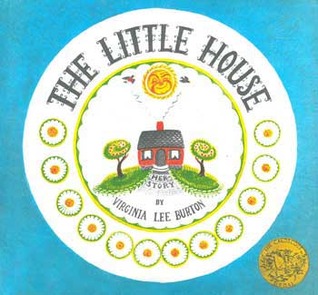
THE LITTLE HOUSE
This wonderful book is by the same author, Virginia Lee Burton, and shows how a lovely farm home becomes encircled by the big city. The granddaughter finds it and rescues it and moves it out to the country. The detailed pictures show the seasons changing as well and the countryside, families growing up. Another award-winning book.
Our family spent many hours reading books together, and now they are buying these favorites for their children. All five of them have loved reading and are lifetime learners.
Beth
